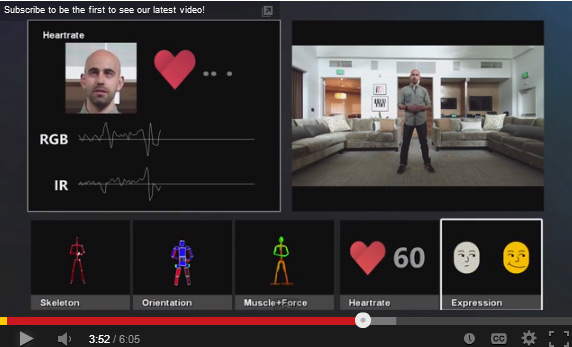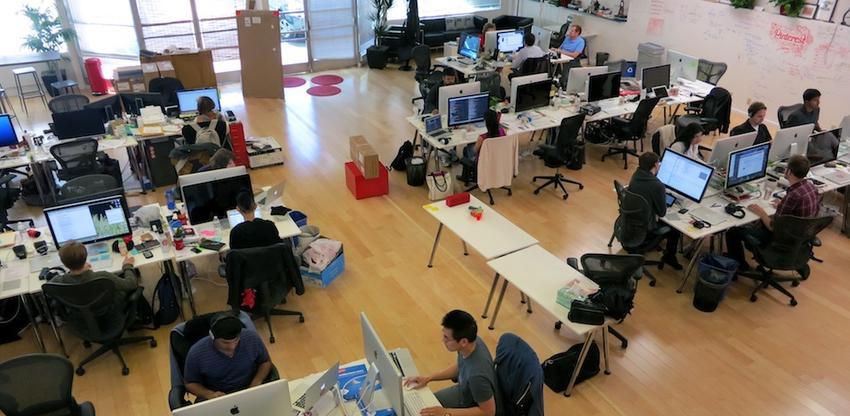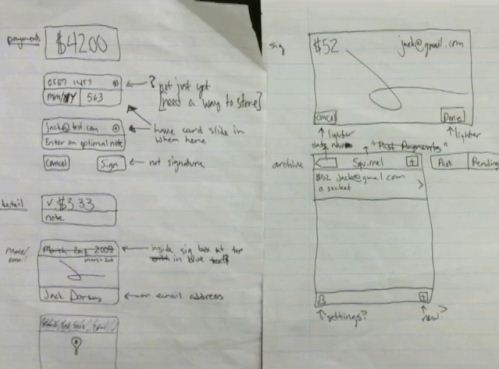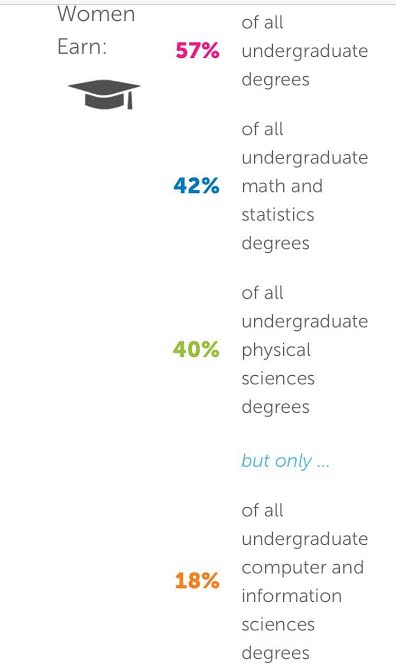
Its Time To Close The Women In Tech Gender Gap…But How?
I have been fortunate enough to spend the last week at SXSW, meeting and listening to some fascinating people. I was encouraged to go this year by the organisers’ massive discount (almost 90% off) for women in tech, which was put out to encourage more female attendees. Not only did they do this, but they also created a tech lounge and curated a full women in tech programm tailored to help with issues that women more commonly face.
Firstly, I have to say how great it was to see a company so proactively doing this sort of thing. I have been in the tech industry for 10 years and although I love working with my male counterparts, I am aware of why we need to encourage a more diverse workforce.
Women are heavily underrepresented in this industry; only 20% of the US tech workforce are women, with that proportion dropping dramatically when it comes to leadership roles. The Telegraph has a number of brilliant, active programmes to help increase staff diversity, but is always looking at ways to improve.
Why does it matter for business?
There are some well-quoted studies which suggest that gender equality at board level is linked to higher profits within companies.

There are also many examples that demonstrate how having male-orientated teams can be problematic for the end user. A good case in point is early airbags. Built and tested by an all-male team, the first airbags were designed using the standard male as a test case. This had the tragic consequence that women and children were killed in early deployments. There are many examples, with less obvious consequences, of this kind of situation. Arguably, we just don’t know how many different ideas and design approaches might come to light if we have more women adding to those conversations.
What can we do about it?
One of the main factors for underrepresentation in the tech industry is that so few women get involved at an early age. To counteract this, education companies like http://stemstars.org have set up web based schools to inspire more K-12 girls to get into coding and technology.

The STEM STARS e-learning platform is inspiring more young women to code.
Image courtesy of http://stemstars.org
 Related Content: How Stephen Brown & STEM STARS are creating the next generation of tech entrepreneurs.
Related Content: How Stephen Brown & STEM STARS are creating the next generation of tech entrepreneurs.
http://www.digilyfe.co/2017/08/stem-stars-stephen-brown-inspiring-the-next-generation-of-tech-entrepreneurs/
Yearly reviews
Blake Irving gave a great insight into some of the things they have been doing at GoDaddy to improve diversity in leadership roles. Women don’t apply as often for promotions as men. Studies have shown they tend to wait until they have an average of 80% of the required experience. For men this experience level is much lower before they start reaching for the next step.
To overcome this and ensure that the best people got those leadership positions, GoDaddy started a mandatory review across all employees so that everyone was considered for a promotion, not only those requesting it. This had a great effect. The number of women given promotions went up by 30% whilst having no negative impact on men’s. This is a simple practice that we could all use to make sure we really are looking at equal opportunities and leveraging the best talent over the organisation.
Workshops and mentoring schemes
We saw some excellent workshops at Web Summit that were open not just to women, but were geared around issues women tend to face a little more often. For example, there is evidence that shows women tend to be less strong at negotiating salaries. This is likely to be one of the contributors to the gender pay gap. So Web Summit put on workshops specifically around how to negotiate when discussing salary.

Mentoring is widely talked about as a great way for people to learn, get advice and opening up opportunities. Mentoring is much more difficult for women to get on an informal basis when working in an all-male environment. Simply put, mentors tend to mentor people who are very similar to themselves and with whom they can have a neutral social relationship. Male to female mentoring is just less likely to organically happen. This can easily be remedied by companies being vocal and aware of this issue. Whether it be putting in more formal mentoring schemes, or just opening up that conversation for women looking for those sorts of relationships.
Disturbing trends about Women and Technical Degrees. According to the National Center for Women In Technology
For more research from the National Center for Women In Technology click here http://nubby.co/EkyoC
More Networking geared towards women
Personally, this is the most important thing for me and what I enjoyed most about Web Summit. The Telegraph has the most diverse tech department that I have worked in, and so I am lucky to enjoy working with a whole host of people who are all very professional and great to be around. But over the past ten years, at a number of companies, I have often been the only woman in the room. And although I haven’t thought about it day-to-day, I have noticed that it has changed my behavior. Most importantly it has meant that I haven’t been as open to the networking opportunities as my male counterparts.
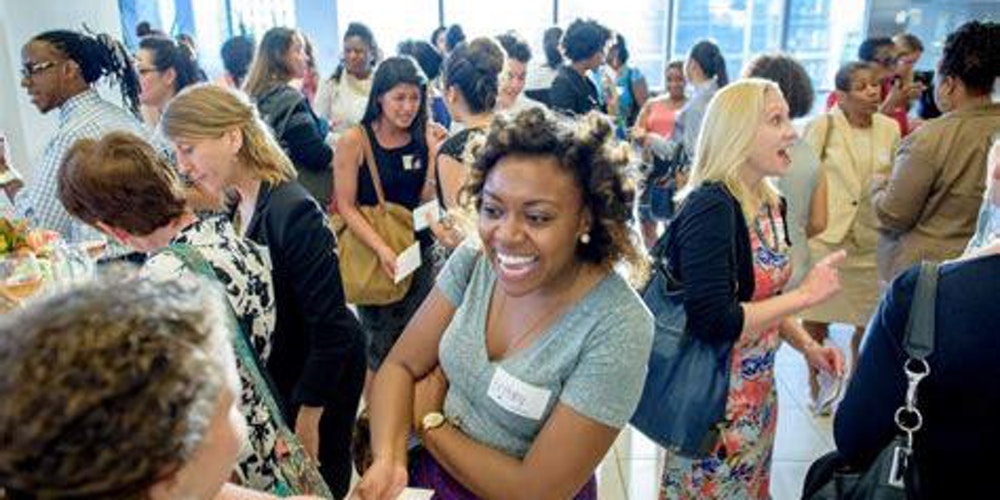
Discussing this with other females colleagues, this isn’t an uncommon situation. There comes a point in the evening when the drinks have been rolling, conversation turns, and the woman in the group feels uncomfortable. Or often she just doesn’t have as much in common with an all-male group of colleagues. So I, like many other women, tend to shy away from work socials and events.
So there really is a place for events where you can meet and socialise with women in tech. Again, this doesn’t have to be an all-female environment; even a more balanced gender divide can really change an event.
The Telegraph has a women in tech group which is a network of men and women there to encourage discussion and support over these sorts of issues. This is again a simple thing that any organisation can set up, and can really open up the conversation and support women who can sometimes feel more isolated in this industry.
What next?
The suggestions above are some great examples of practical things that we can do to help in this area. But it will take a long time to bring the industry to a more balanced gender distribution. For me, the most important thing is to open up the conversation. We need to make sure this isn’t seen as an anti-man rhetoric, but rather, looking objectively at what barriers to entry women have and how we can overcome them to make the industry more inclusive.

Interested and want to learn more?
A really popular book at the moment is Sheryl Sandberg’s Lean in. This is a fascinating read and covers all sorts of topics on how to encourage more female leaders.
You can find a great Web Summit discussion on diversity Blake Irving and Jane Martinson.
There are also some great women in tech groups on meetup.com if you are interested in networking opportunities and workshops.





























